As an interior designer, you need clients for your business to flourish. Networking and word-of-mouth are important ways to find new prospects. A stunning interior design portfolio can help you to clinch the deal.
A portfolio showcases your skills and demonstrates your expertise. It captures your unique approach to interiors and the aesthetic value you can bring to the table.
To help you create a great interior design portfolio, let’s examine its importance. Then, we’ll discuss what it should contain, how to design one, and the common errors to avoid.

A piece of advice that writers are often given is: show, don’t tell. In the same way, a portfolio enables interior designers to show clients their work. It demonstrates their sense of style, approach to work, and results. Think of it as a visual bio-data for clients and companies.
The examples selected for the portfolio showcase the designer’s artistic merit, and allow others to judge whether they will be suitable for the job in question. Often, the difference between getting an assignment or not is the difference between a good portfolio and a so-so portfolio.
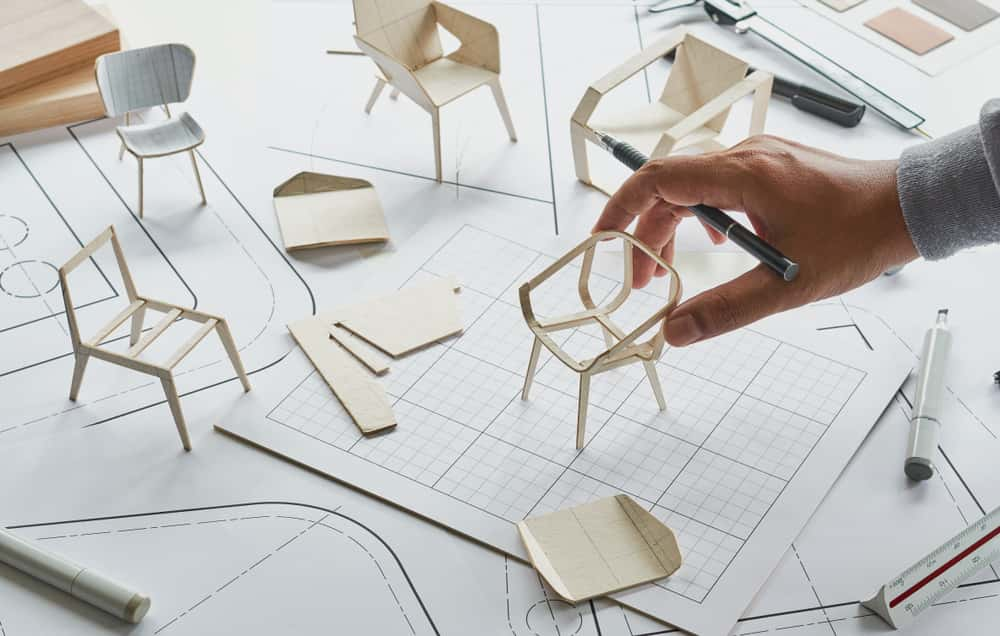
A large part of your portfolio should contain professional photographs of the interiors you have designed. After all, this is what the clients will be most interested in.
However, that’s not all you should include. You can also create short narratives about how the interiors look the way they do. That means roughs and sketches of your initial thoughts and concept boards that guided your progress.
You can include sections on a special technique or technology that you have used, accompanied by photographs of the final results. For example, a smart lighting system, or sustainable materials. If you have the experience, include categories such as retail, home and office interiors.
If you’re just starting out, you can include work that you’ve done for family and friends, and even your own home. If you’re allowed to, you can also include potential ideas and proposals. In such cases, the emphasis should be on demonstrating your unique approach and sensibility.
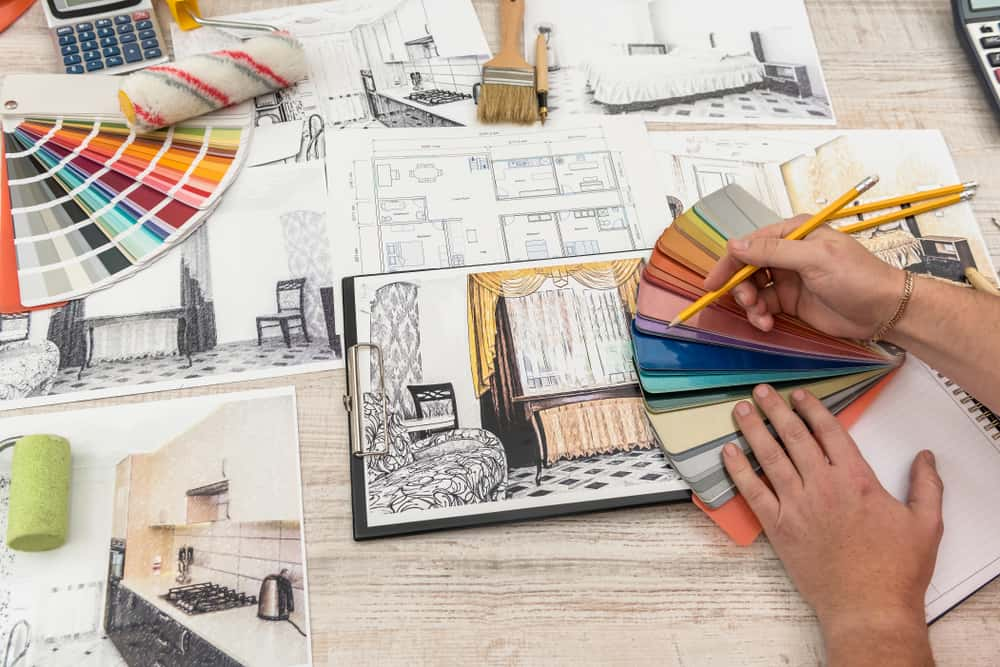
Many interior designers feel that a professionally printed portfolio is the best way to present their work. Here, colours, light and resolutions are under control. The interiors will look the way that they’re meant to.
However, many clients will see your portfolio online. Fortunately, there are several digital resources to do this. To begin with, you can sign up for a website hosting service such as Wix or SquareSpace. Many of them offer pre-set templates that showcase your work.
Apps such as Canva and Adobe Spark will also allow you to create stunning designs without prior technical knowledge. These also let you post images to social media, which you can link to your website.
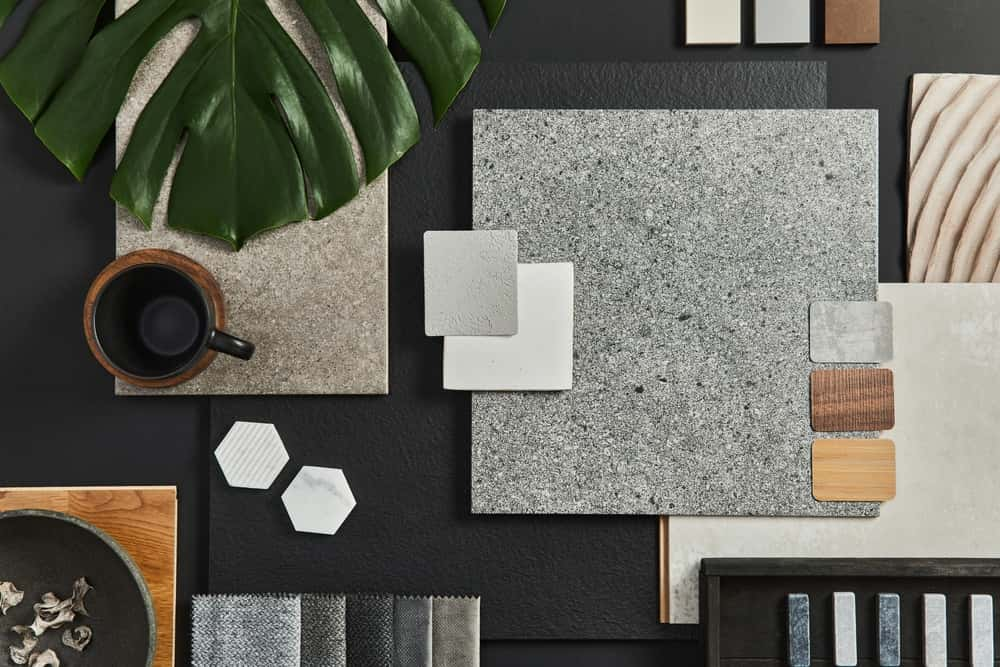
Now, let’s get down to the nitty-gritty of actually creating a stunning interior design portfolio.
The layout and look of your portfolio should immediately deliver a message about the décor style you prefer. It could be minimal, with a few colour accents. It could be intricately designed, with every small detail perfected. In this way, the first impression itself will convey a lot about your aesthetic.
When designing a portfolio, keep your audience in mind. You can tweak your online portfolio to emphasise aspects they are looking for. A corporate client will need to see office interiors, a family can see well-designed homes, and an employer will be interested in your work process and results.
The cover of your portfolio is the first thing a prospective client will see. You should spend time making it as eye-catching as possible. It is a way to show your unique approach. For example, you could select the interior that you are most pleased with as a cover image, along with a few words about your speciality and experience.
Including testimonials from satisfied clients is a great way to create reassurance. You should ask such clients to write a few sentences about what they think of your work, and make sure to include it in your portfolio.
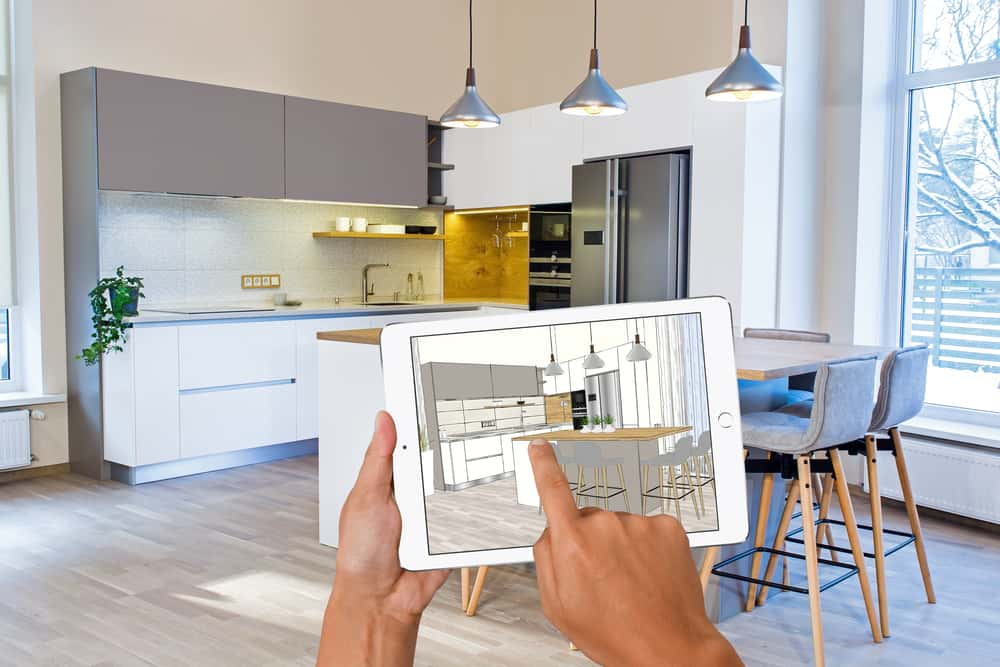
When selecting work for your portfolio, it’s important to gauge the right amount to include. It should not be so much that the client is overwhelmed. On the other hand, it should not be so little that they cannot get an idea of your talent. Aim for a sweet spot between the two extremes.
It can also be confusing to see a portfolio without context. The visuals should speak for themselves, but each project should contain basic details of the client, the task, and the goal.
As we’ve said, a portfolio should bring out your design personality, so make sure to include elements that capture this. It could be a small detail or a unique concept that shows the way your mind works. Without this, your portfolio could look bland, and will not stand apart.
Finally, your portfolio should grow along with you. Keep it updated and refreshed with new projects so that clients are aware of your latest work.
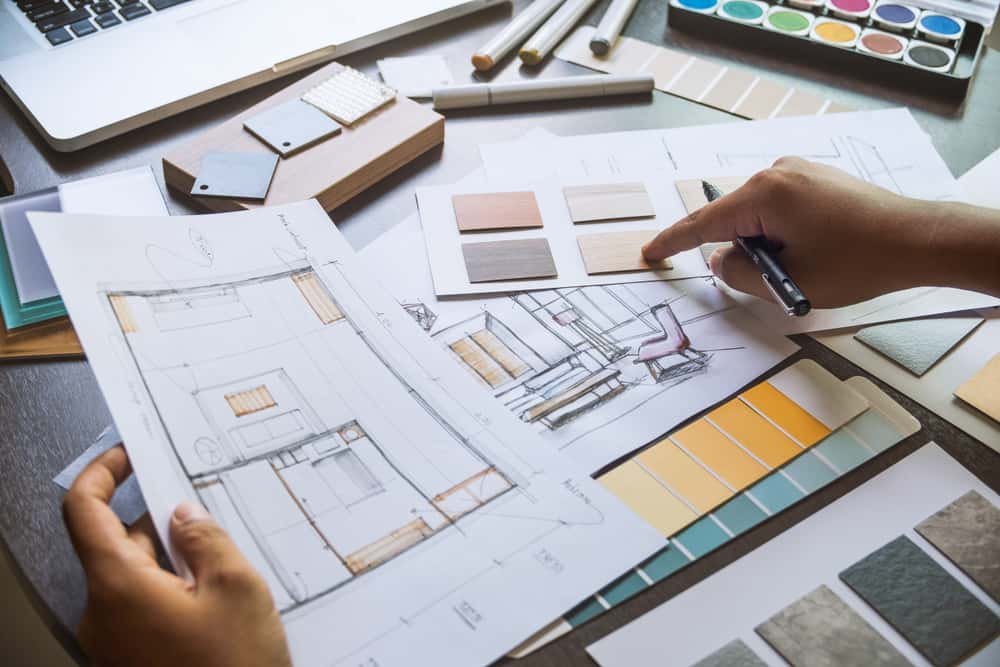
For more tips and ideas about portfolios and if you’re still pondering on how to create interior design portfolios, or you just have general queries about interior décor and design, do book a free session with the experts at HomeLane. Let’s explore the world of interior design together.

 EXPLORE MORE
EXPLORE MOREExplore This Vibrant Bangalore Home That Revels in the Interplay of Patterns and Textures!
This Stunning Chennai Home Channels Nuanced Character and Tonality
Step Into This Minimal Chennai Home, and Get Wrapped in Comfort!
This Compact Chennai Apartment Is an Ode to Smart Design and Functionality!
 EXPLORE MORE
EXPLORE MOREExplore This Vibrant Bangalore Home That Revels in the Interplay of Patterns and Textures!
This Stunning Chennai Home Channels Nuanced Character and Tonality
Step Into This Minimal Chennai Home, and Get Wrapped in Comfort!
This Compact Chennai Apartment Is an Ode to Smart Design and Functionality!
By submitting this form, you agree to the privacy policy and terms of use